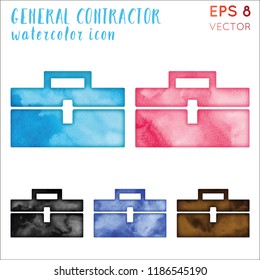Understanding Seasonal Influences On Commercial Outside Paint: Important Understanding For Success
Understanding Seasonal Influences On Commercial Outside Paint: Important Understanding For Success
Blog Article
Writer-Korsholm Bagger
When you're preparing an industrial external paint task, seasonal elements can make or damage your results. You'll wish to take into consideration exactly how temperature level and moisture effect paint application and drying times. Picking the best season can guarantee your paint adheres effectively and lasts longer. However which periods are really the best for this type of work? Let's check out the key elements that can impact your project's success.
The Influence of Temperature Level on Paint Application
When you're intending a business exterior paint task, the temperature level can considerably impact how well the paint adheres and dries out.
Preferably, you want to repaint when temperature levels vary between 50 ° F and 85 ° F. If it's as well cool, the paint might not cure appropriately, leading to concerns like peeling or breaking.
On the other side, if it's also warm, the paint can dry as well quickly, preventing appropriate adhesion and causing an uneven finish.
You should likewise consider the time of day; morning or late afternoon offers cooler temperature levels, which can be much more positive.
Always examine the supplier's referrals for the specific paint you're making use of, as they frequently provide guidance on the ideal temperature variety for ideal outcomes.
Humidity and Its Impact on Drying Times
Temperature level isn't the only environmental variable that affects your business exterior paint project; moisture plays a substantial duty too. High humidity levels can decrease drying out times dramatically, impacting the total high quality of your paint work.
When the air is saturated with wetness, the paint takes longer to treat, which can result in issues like poor attachment and a greater threat of mold growth. If you're repainting on a particularly damp day, be prepared for prolonged delay times between coats.
It's crucial to keep an eye on regional weather conditions and strategy appropriately. Ideally, aim for humidity degrees in between 40% and 70% for ideal drying.
Maintaining these factors in mind guarantees your job stays on track and delivers a long lasting finish.
Best Seasons for Commercial Outside Paint Projects
What's the very best season for your business outside paint jobs?
Spring and very early fall are commonly your best bets. Throughout these seasons, temperature levels are mild, and moisture degrees are usually reduced, developing ideal problems for paint application and drying.
Stay clear of summer season's intense heat, which can cause paint to completely dry too swiftly, leading to inadequate adhesion and finish. In a similar way, winter season's chilly temperature levels can prevent correct drying and curing, taking the chance of the longevity of your paint job.
https://garrettnvbqw.wizzardsblog.com/34263792/a-comprehensive-guide-for-beginners-on-rejuvenating-your-home-via-paint for days with temperature levels between 50 ° F and 85 ° F for optimal outcomes. Remember to check the regional weather prediction for rainfall, as damp problems can ruin your project.
Preparation around these aspects ensures your paint task runs smoothly and lasts longer.
Final thought
Finally, preparing your business exterior painting jobs around seasonal considerations can make a substantial difference in the end result. By organizing https://www.livingetc.com/advice/how-to-paint-laminate-surfaces throughout the ideal temperatures and humidity degrees, you'll make sure far better bond and drying out times. Bear in mind to watch on regional weather report and select the right time of year-- spring and very early fall are your best bets. Taking these steps will certainly help you accomplish a sturdy and specialist coating that lasts.
